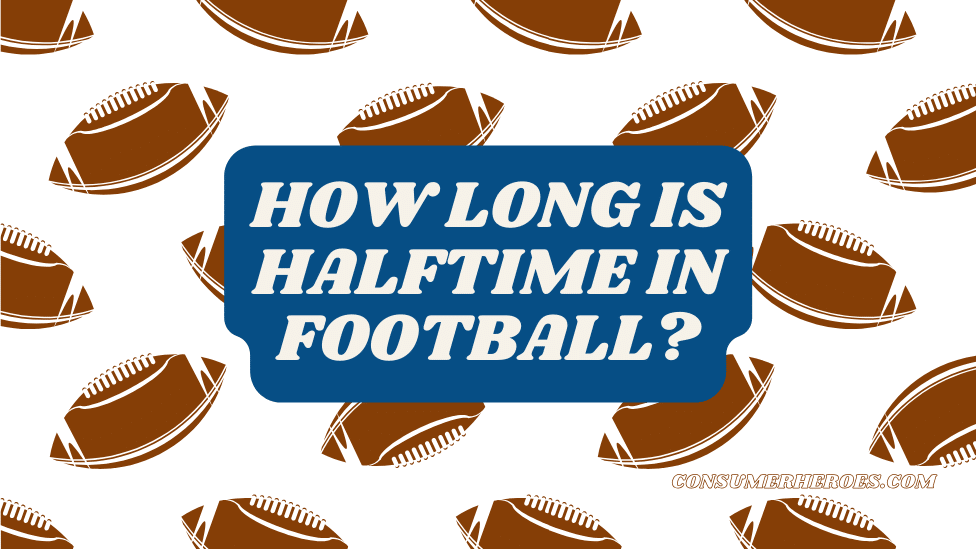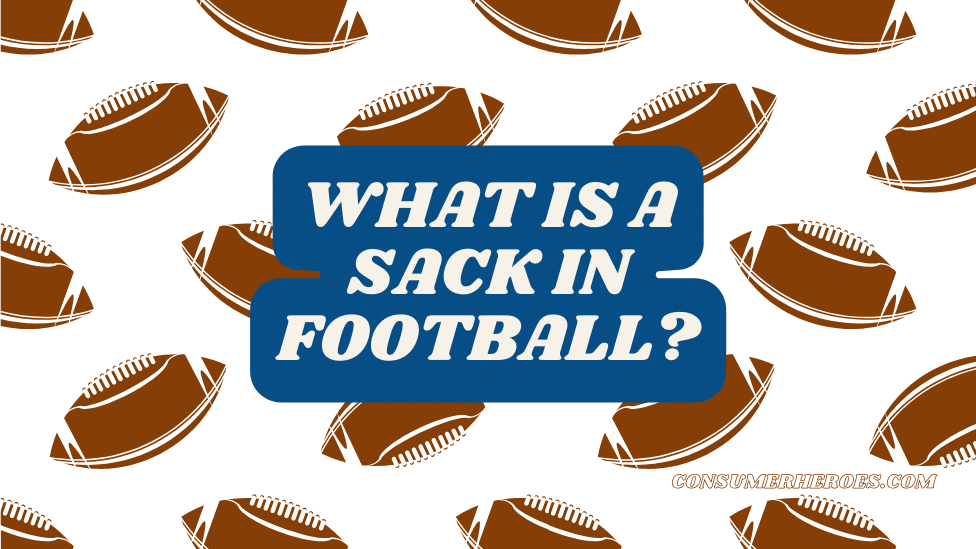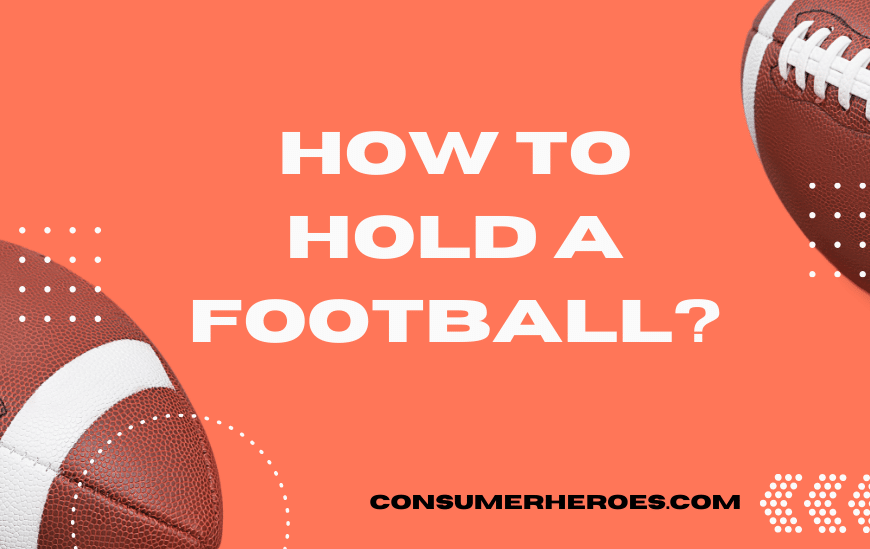Halftime is a crucial part of any football game, providing players with a much-needed break and giving coaches an opportunity to make necessary adjustments. However, the length of halftime can vary depending on the level of play and the specific rules of the league or organization. In this article, we will explore the question of how long halftime is in football and provide answers for various levels of play.
At the professional level, halftime in football typically lasts for 12 minutes. This gives players enough time to rest, hydrate, and receive any necessary medical attention. Coaches also use this time to make strategic adjustments and address any issues that may have arisen during the first half of the game. However, it’s important to note that the length of halftime in professional football can be affected by factors such as television broadcasts and other scheduling considerations.
In college football, halftime is slightly longer than in the professional game, typically lasting for 20 minutes. This allows for more time for players to rest and recover, as well as for coaches to make more extensive adjustments. Additionally, college halftime shows are often a major part of the game-day experience, and the longer halftime allows for more elaborate performances. However, like in professional football, the length of halftime can be affected by scheduling concerns and other factors.
Definition of Halftime in Football
Halftime is a break that occurs between the two halves of a football game. It is a time for the players to rest, rehydrate, and discuss strategy with their coaches. Halftime typically lasts for 15 minutes, although this can vary depending on the level of play and the competition rules.
During halftime, the players leave the field and retreat to their locker rooms. They use this time to take off their equipment and take care of any injuries they may have sustained during the first half of the game. Coaches use this time to make adjustments to their game plan and motivate their players for the second half.
In addition to providing a break for the players, halftime is also an opportunity for fans to grab some food and drinks, use the restroom, and stretch their legs. It is a time to socialize with other fans and discuss the game so far.
Overall, halftime is an important part of a football game that allows players to rest and coaches to strategize for the second half. It is a brief but necessary break that helps ensure the safety and success of the players on the field.
Duration of Halftime in Different Leagues
National Football League
Halftime in the National Football League (NFL) lasts for 12 minutes. This is the standard duration for professional football games in the United States. During halftime, players and coaches use the time to regroup and strategize for the second half of the game. The halftime show is also a popular attraction during the Super Bowl, with performances by famous musicians and entertainers.
College Football
Halftime in college football games lasts for 20 minutes. This is longer than the halftime break in the NFL, and allows for more time for players to rest and for coaches to make adjustments to their game plan. During halftime, marching bands often perform and entertain the crowd.
High School Football
Halftime in high school football games is typically 15 minutes long. This is shorter than the halftime break in college football, but longer than the halftime break in the NFL. During halftime, high school marching bands often perform, and cheerleaders and dance teams also entertain the crowd.
Overall, the duration of halftime in football varies depending on the level of play. While the length of the halftime break may differ, it provides players and coaches with a crucial opportunity to regroup and prepare for the second half of the game.
Factors Influencing Halftime Duration
Halftime in football is a crucial period for both players and coaches. It is a time for rest, rehydration, and tactical adjustments. The duration of halftime varies depending on several factors, including:
1. Competition Rules
The duration of halftime is usually determined by the competition rules. For example, in the National Football League (NFL), halftime lasts for 12 minutes. In college football, halftime lasts for 20 minutes. In international competitions, such as the World Cup, halftime lasts for 15 minutes.
2. Televised Games
Halftime duration can be influenced by television networks. In televised games, halftime can be extended to allow for commercial breaks. This is particularly common in high-profile games, such as the Super Bowl.
3. Stadium Logistics
The size of the stadium and the number of spectators can also influence halftime duration. In large stadiums, it can take longer for spectators to exit and re-enter the stadium. As a result, halftime can be extended to allow for this.
4. Weather Conditions
Extreme weather conditions, such as heatwaves or thunderstorms, can also affect halftime duration. In such cases, halftime may be extended to allow for additional hydration or to wait for the weather to improve.
In conclusion, the duration of halftime in football is influenced by several factors, including competition rules, television networks, stadium logistics, and weather conditions. Understanding these factors can help players and coaches prepare for halftime and make the most of this crucial period.
Historical Changes in Halftime Duration
Halftime is an integral part of any football game. It gives the players a much-needed break and the coaches an opportunity to review their strategies. However, the duration of halftime has not always been the same. Over the years, there have been several changes in the halftime duration.
Pre-1960s
Before the 1960s, halftime duration was not standardized. The duration of halftime varied from stadium to stadium, and sometimes even from game to game. In some cases, halftime lasted for only 10 minutes, while in others, it lasted for as long as 30 minutes.
1960s-1980s
In the 1960s, the National Football League (NFL) standardized the halftime duration to 15 minutes. This change was made to accommodate the growing popularity of football on television. The 15-minute halftime break allowed broadcasters to air commercials and halftime shows without delaying the game.
The halftime duration remained unchanged until the 1980s. In 1982, the NFL experimented with a longer halftime duration of 20 minutes during the Super Bowl. This change was made to allow for a more elaborate halftime show, which would feature performances by popular musicians.
1990s-Present
In the 1990s, the NFL increased the halftime duration to 30 minutes. This change was made to allow for longer halftime shows and to give players more time to rest and recover. The longer halftime also allowed for additional commercial breaks, which generated more revenue for the league.
The halftime duration has remained at 30 minutes ever since. However, there have been some exceptions. For example, during the 2013 Super Bowl, the halftime show featuring Beyoncé lasted for 34 minutes, which meant that the halftime break was longer than usual.
In conclusion, the duration of halftime has undergone several changes over the years. From a variable duration to a standardized 15-minute break, to a longer 30-minute halftime, the changes have been made to accommodate the needs of the players, broadcasters, and fans.
Notable Halftime Shows and Effects on Duration
Halftime shows have become a significant part of football games, especially during the Super Bowl. These shows feature popular artists, dancers, and other performers who entertain the audience during the break. The duration of halftime shows can vary, and they can have an impact on the overall duration of the game.
One of the most memorable halftime shows was performed by Michael Jackson during the Super Bowl XXVII in 1993. The show lasted for 12 minutes and featured Jackson singing some of his most popular songs, including “Billie Jean” and “Black or White.” The performance was watched by over 133 million viewers and is still considered one of the best halftime shows in history.
Another notable halftime show was performed by Beyoncé during the Super Bowl XLVII in 2013. The show lasted for 13 minutes and featured Beyoncé singing some of her most popular songs, including “Crazy in Love” and “Single Ladies.” The performance was praised for its energy and choreography.
The duration of halftime shows can have an impact on the overall duration of the game. In 2018, the Super Bowl LII halftime show performed by Justin Timberlake lasted for 13 minutes and 45 seconds. This caused the game to last for a total of 4 hours and 10 minutes, making it one of the longest Super Bowls in history.
In conclusion, halftime shows have become an essential part of football games, and they can have an impact on the duration of the game. Notable halftime shows such as those performed by Michael Jackson and Beyoncé have left a lasting impression on audiences.
Conclusion
In conclusion, halftime in football varies depending on the league or competition. In the NFL, halftime lasts for 12 minutes, while in college football, halftime is 20 minutes long. In international football, halftime is typically 15 minutes, but it can be extended in certain circumstances.
Halftime is an important part of the game, as it allows players to rest, rehydrate, and receive instructions from their coaches. It also gives fans a chance to grab some refreshments and socialize with other spectators.
While halftime may seem like a short break, it can have a significant impact on the outcome of the game. Teams that use their halftime effectively can come out stronger in the second half and secure a victory.
Overall, the length of halftime in football is determined by the rules and regulations of the league or competition. It is important for players and fans alike to understand the duration of halftime and use it wisely to gain an advantage in the game.







